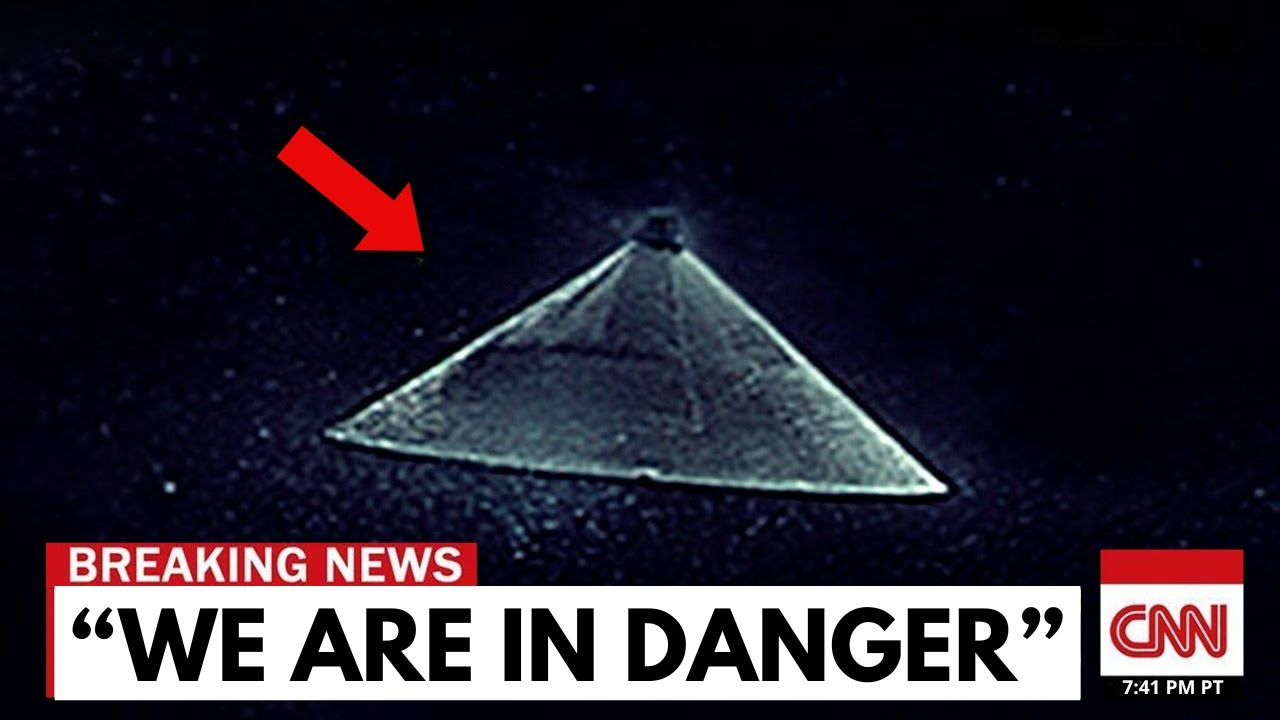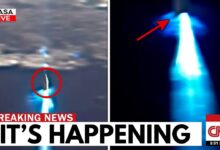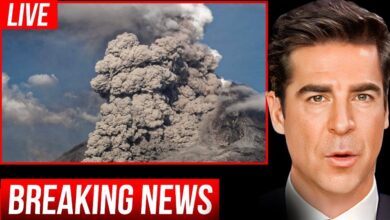Voyager 2 CONFIRMS what EVERYONE IGNORES at the edge of Solar System

**Voyager 2: A Chilling Confirmation From the Edge of the Solar System**
Launched more than 40 years ago with technology far inferior to that of modern smartphones, Voyager 2 has just brought back one of the most shocking discoveries in the field of space science. While most of humanity was looking toward Mars and the Moon, this small spacecraft quietly entered an area that no one had ever actually seen before.
Here, Voyager 2 discovered a “frontier” – a change so sudden and obvious that it proved that “the edge of the solar system” was more than just an abstract concept. Space is not empty as we once thought. It has structure, layers, boundaries – and the fact that Voyager 2 crossed this boundary completely changed what we thought we knew.
Launched in 1977 with a lifespan of just five years, Voyager 2 has weathered solar radiation, cosmic dust, cold temperatures and billions of kilometres between planets to survive nearly half a century. Now, it has followed its sibling Voyager 1 into interstellar space – where the boundary between our solar system and the vast universe begins.
NASA has recorded dramatic changes in plasma density, temperature and radiation – as if the spacecraft had passed through an invisible membrane. Strangely, the transition was not gradual but sudden – as if it had stepped through an invisible portal. What Voyager 2 discovered completely shattered the old concept of space.
Previously, we thought that the heliosphere – the magnetic bubble created by the Sun – faded as it entered the interstellar medium. But Voyager 2 showed the opposite: a sudden increase in temperature, a peak in cosmic radiation, and an unexpected change in the magnetic field. What shocked scientists most was that the magnetic fields of the Sun and the magnetic fields of outer space were exactly the same – something that had never been predicted in previous models.
Not only that, but the boundary that Voyager 2 crossed did not appear to be a fixed line. Voyager 1 crossed it at 119 astronomical units (AU), and Voyager 2 at 121 AU – under completely different environmental conditions. This suggested that the boundary was dynamic, changing over time and location – affected by the Sun’s 11-year activity cycle.
So if the boundary was alive and breathing, could it be observing? As Voyager 2 moved outward, the signal it sent back grew weaker. Its nuclear power source will run out in 2025 – and then it will be silent forever. It still carries a golden disc – a “space greeting card” with a message from Earth. But is it a reckless act to leave a map of our planet in a space that is structured and reactive?
Some scientists believe that Voyager 2 is entering a “communication zone” – a reactive layer where space not only receives but also responds. The strange readings, the sudden shutdowns and restarts have led many to wonder: is something observing back? And that the edge of the solar system may not be a natural boundary – but a “gateway”, a “checkpoint”.
When comparing the data from Voyager 1 and 2, there are big differences – from plasma density to pressure and temperature. Some blame the solar cycle, others the different directions of flight. But there are also suggestions that the boundary changes – and even responds to the approach.
If so, Voyager 2 has not just crossed a boundary, but has entered an interactive layer of space – an interface between our solar system and something complex, ancient and beyond our current understanding.
Voyager 2 is now billions of miles away, no longer able to take pictures or navigate. But what it has discovered about the structure, energies and boundaries of our solar system has forced us to reconsider. Space is not a static void. It pulses, responds, and is ordered.
And now the question is no longer “what lies beyond the edge of the solar system?” but: **“Who set the edge?”**








